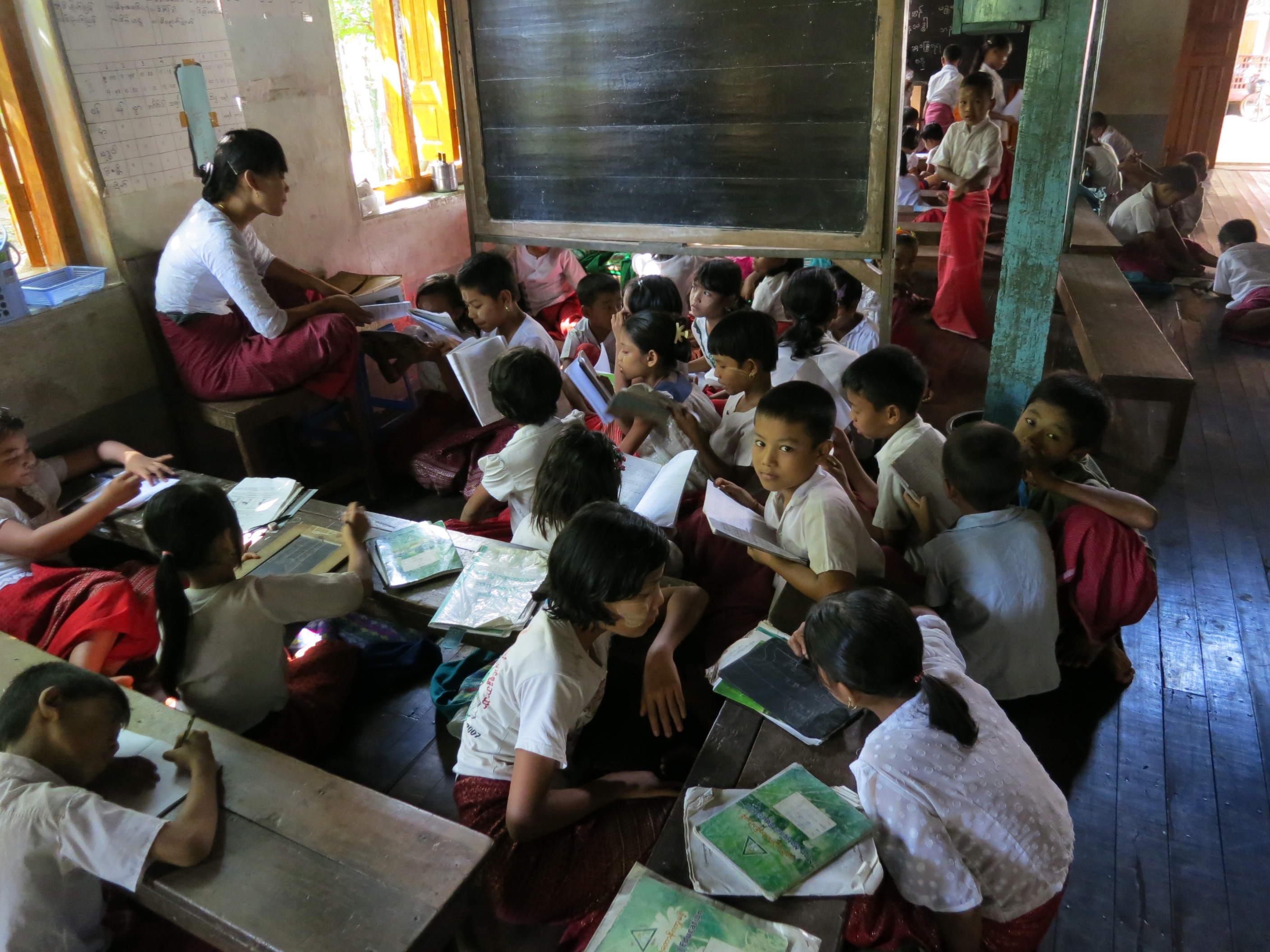- Project Leader : Wada Michihiro (Kyoto University, Center for Southeast Asian Studies)
Outline of Research
Non-state education programs have been run by various ethnic minority organizations in Myanmar. Some groups also use their own history textbooks in their curricula. Then, what kind of national histories are described in these textbooks? How are they common with or different from the state’s national history? This research will focus on the case of the non-state education programs of the Mon, one of the main seven ethnic groups in Myanmar, and analyze the Mon national histories in the textbooks written in Mon language. Through this approach, it is hoped that this research will contribute to the discussion about non-state educational efforts and about the variety of national histories in Myanmar.
Description
Myanmar has over 130 officially recognized ethnic groups other than the Burmese, the dominant majority group. The history curriculum at state schools, however, emphasizes Burmese kings and dynasties, which have been most influential politically and culturally in the Irrawaddy basin. As a result, histories of ethnic minorities have been marginalized at the state schools. Within this context, various ethnic individuals and private organizations have tried to construct their own national histories as an alternative. The purpose of this research is to analyze the history textbooks of ethnic Mon non-state education programs as an example to clarify how national histories are made and circulated by ethnic minorities.
There are two main non-sate education programs among Mon communities in Myanmar. The first one is “Mon National Schools” run by the Mon National Education Committee under the New Mon State Party, which is an ethnic political organization with an armed wing. These are full-time primary and secondary schools located in and around Mon state, lower Myanmar, and have an enrollment of about 13,000 students. This education system has adopted total immersion, an effective bilingual program comprised of Burmese and Mon languages. Interestingly, graduates of the Mon National Schools have been officially permitted to sit state matriculation exams for entering state universities. Some previous studies, therefore, pay attention to this program as a prior example of coexistence of the curricula between an ethnic minority and the state.
The second non-state education program is “Summer Schools”, mainly led by Buddhist monks. Every year, around 50,000 – 60,000 young Mon women and men join this program for one to two months in each community. These Summer Schools share some of the same textbooks as the non-state common examinations, which are held at each district level and at an all-Mon-region level. Since these schools open only during summer vacation, they can coexist with the state curriculum.
These two non-state Mon education programs both put emphasis on history curricula. No studies, however, have ever discussed the detail of the curricula contents. In cooperation with Mons, this research will shed light on the Mon national histories in textbooks that are standardized and learned widely among Mon youth. Then, the Mon histories will be compared with the state’s national history, which is based on a Burmese-centered view, and with the officially recognized Mon textbooks of the 1950’s, some of which are in the CSEAS Library at Kyoto University. This study of ethnic national history curricula will elucidate what Mon national histories are taught at non-state schools, and contribute to the discussion about the relationship between the state, nations, and histories in Myanmar.


